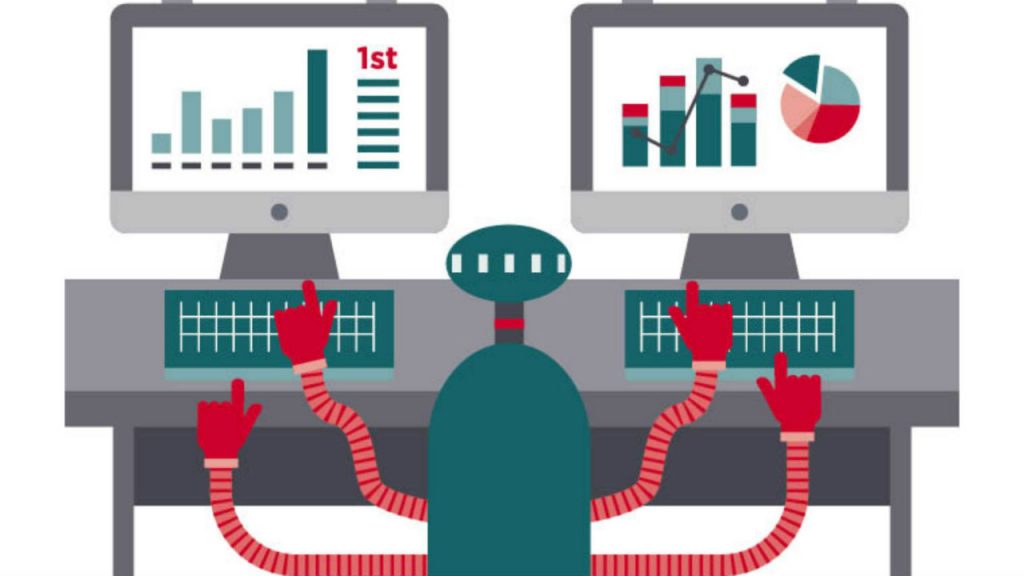Robotic process automation (RPA) is an exciting opportunity, but as with any emerging technology, it’s easy to think it’s “probably too expensive” for companies on a tight budget. Rolling-out software bots across an enterprise, across all processes and to fulfill many tasks can be quite an investment, yes, but there are also more realistic ways of getting started.
RPA has actually been around for quite some time now, it’s not really anything new. When we say the word “robots”. The first image that usually comes to mind is a carefully crafted piece of machinery that resembles a human being. It’s easy to forget about simple examples, like an out-of-office email.
Despite not effectively being a new piece of tech, RPA has gained a lot of popularity over the past year or so. With more and more vendors on the scene, and more organisations rolling-out enterprise-wide applications.
So, if you’re a small company, how do you go about exploring the RPA route?
Step 01 – Take a cold, hard look at the performance of your processes
The trick to getting started with RPA on a small budget is to deeply analyse your business processes. Get completely transparent insights into whether your processes are efficient, and how they can be optimised. There’s absolutely no point in introducing software bots into a process that is poorly designed.

Step 02 – Work on optimising the processes you’d like to automate
Now that you have a clear vision of how your processes function, it’s time to work on making them better – bots or no bots. Is the process logical? Does it involve the right stakeholders? Are there any stakeholders who don’t actually need to be part of the process? Are there any unnecessary steps that are counter productive? Velocity IT can actually help you with this and map out the optimal process for you.
Step 03 – Decide where bots will have the most effect
You can’t afford to put bots everywhere, and actually, you probably don’t need to. The ROI on making strategic choices around which points in a process to replace with a bot; is going to look a lot healthier than approaching the scenario haphazardly. The most convenient way of initially implementing RPA, is to understand how you can save yourself, and your team, time. By alleviating them of mundane and repetitive tasks, and identifying those tasks in a workflow – you can replace them with bots. You will see immediate benefits and ROI. From day one, your team can start dedicating more energy to thinking creatively. Become more productive in delivering on higher-value activities, and gain deeper job satisfaction thanks to new challenges that let them fully utilise their individual skills.
Learn more about RPA, listen to our podcast.







